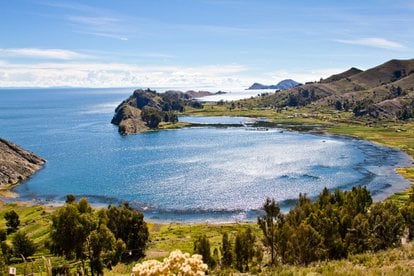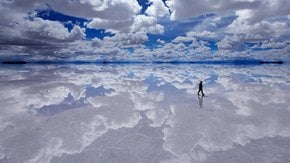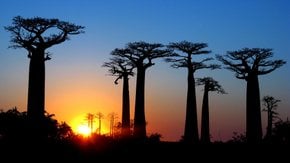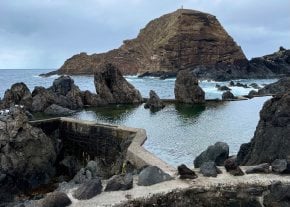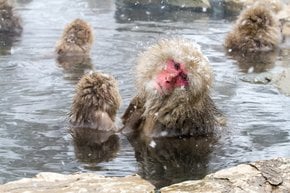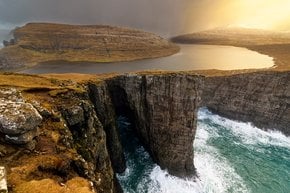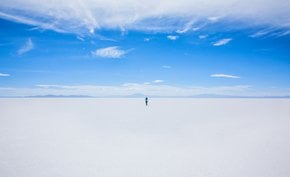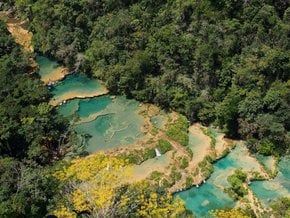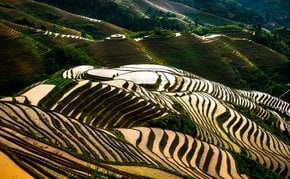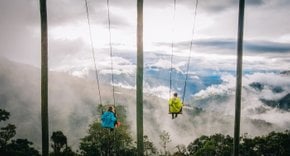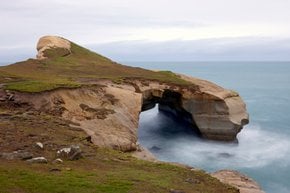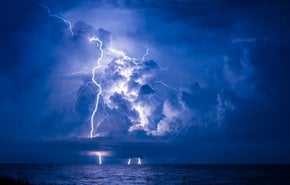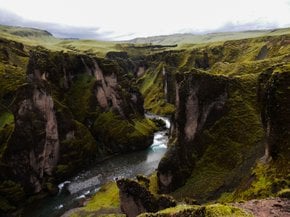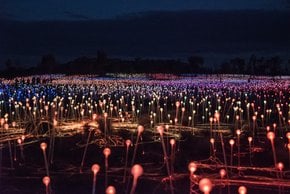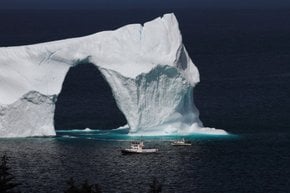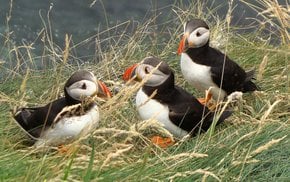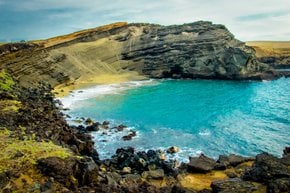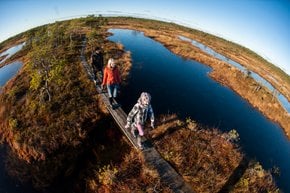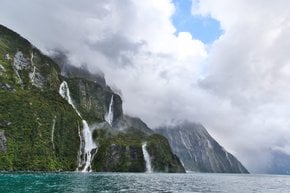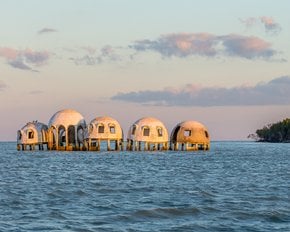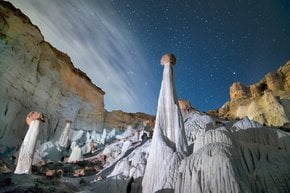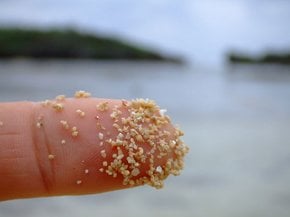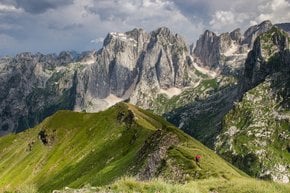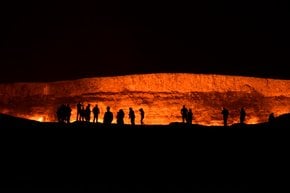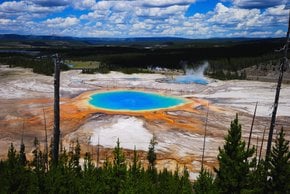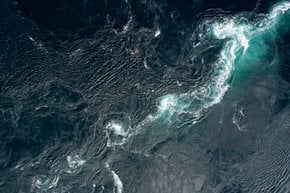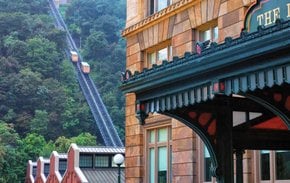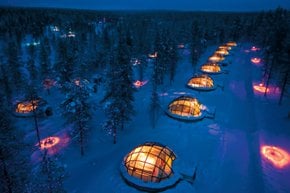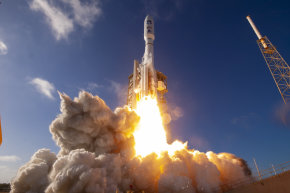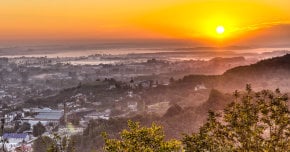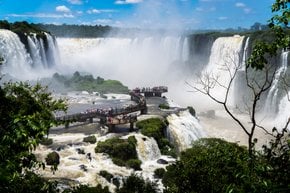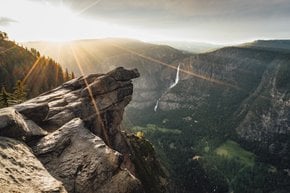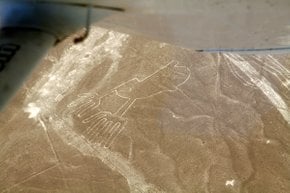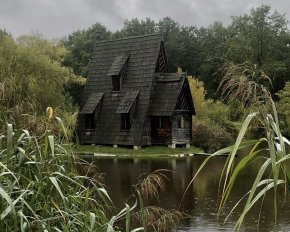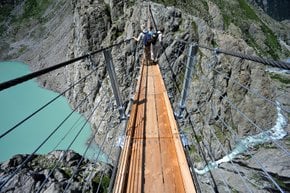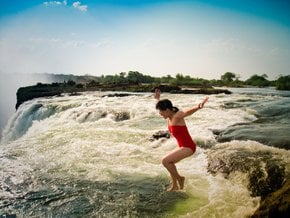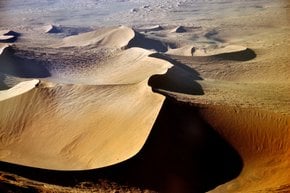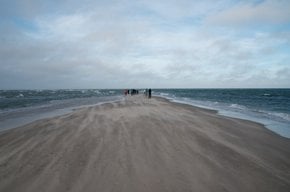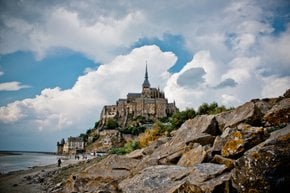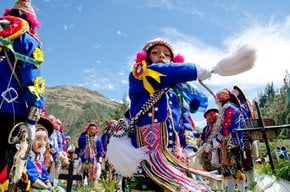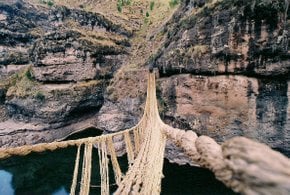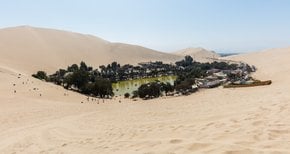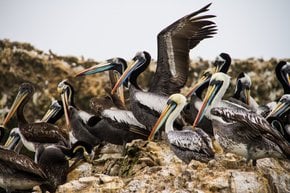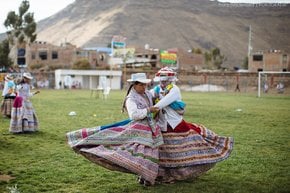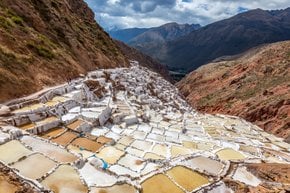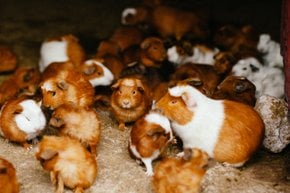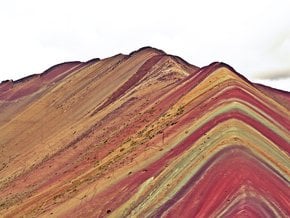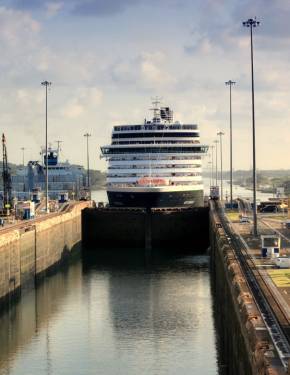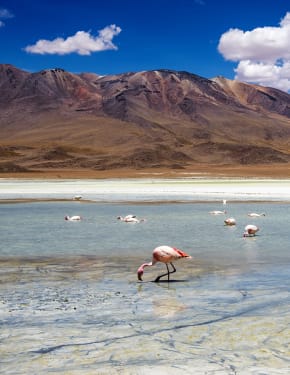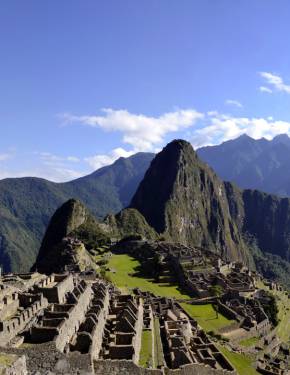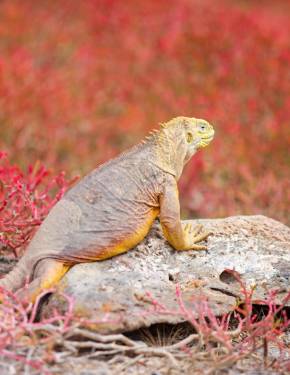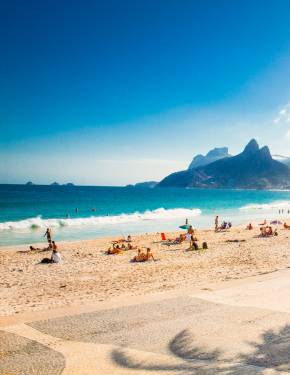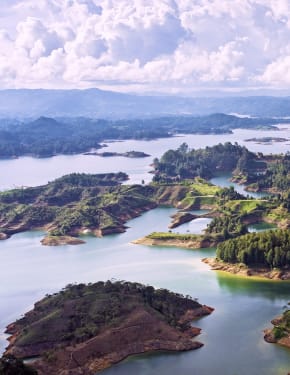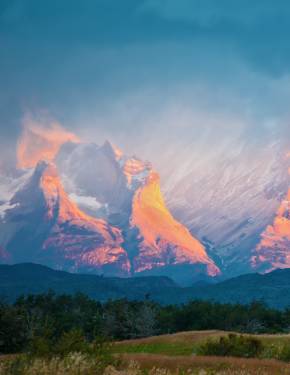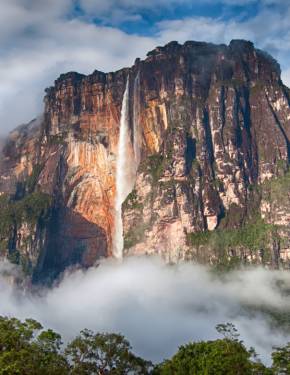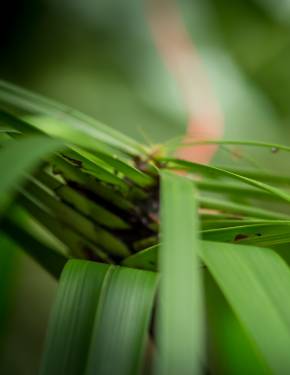Titicaca and other Mountain Lakes in Peru 2026
Among high hills and ice glaciers, these lakes hide their stunning beauty
Best time: May–September
The Peruvian Andes, with their towering peaks and breathtaking landscapes, are home to some of the most stunning mountain lakes in the world. These high-altitude bodies of water are not just visually captivating but also hold deep cultural, historical, and spiritual significance for the people of Peru. Among them, none is more iconic than Lake Titicaca, the largest lake in South America and the highest navigable lake in the world, sitting at an altitude of 12,507 feet (3,812 meters). Straddling the border between Peru and Bolivia, Lake Titicaca is often referred to as the “Birthplace of the Sun” in Incan mythology, believed to be the origin of the Inca civilization itself.
When to visit mountain lakes
The mountainous lakes in Peru are best visited during May-September when it is dry and pleasant. During this season, visitors will encounter clear water, and visibility will be excellent for trekking and sightseeing. It is recommended to pack warm clothes and waterproof gear due to a significant drop in temperature in the evening and night.
Lake Titicaca
The lake’s deep blue waters stretch across 3,200 square miles (8,300 square kilometers), surrounded by snow-capped mountains and rolling highlands. But Lake Titicaca’s allure goes beyond its size and beauty—it’s the cultural heartbeat of the Andean highlands. The lake is dotted with over 40 islands, each with its unique history and traditions. Among the most famous are the Uros Floating Islands, handmade from totora reeds, where the Uros people have lived for centuries. Visiting these islands offers a rare glimpse into a way of life that has remained largely unchanged for generations.
Another highlight is Taquile Island, known for its vibrant textile traditions recognized by UNESCO for their cultural significance. The islanders maintain a communal lifestyle, and their colorful, handwoven garments tell stories of their ancestry and customs. Beyond its human heritage, Lake Titicaca is also home to unique wildlife, including the endangered Titicaca water frog and various bird species, making it a fascinating destination for nature lovers
Laguna 69
Lake 69 or Laguna Sesentinueve is said to boast the most beautiful blue-colored water in Peru. One of 400 lakes in Huascaran National Reserve, it is located at an altitude of 1,509 ft (4,600 m), and a moderately easy trek can take you there from the nearby village. During the hike, you can enjoy the view of several snowy mountains and waterfalls.
Visitors can hire a taxi or take a tour bus to Cebollapampa or a guided or an unguided trek from Huaraz to get to Lake 69. The trek is about 4-5 hours each way and moderate in difficulty. Several tour companies offer transport, food, camping gear, and a qualified guide for guided treks to Lake 69.
Llaca Lake
Llaca Lake is located in the same region as Lake 69, but hiking there is considered even easier. The hike to Llaca Lake is about 2-3 hours each way and easy. The altitude of Llaca Lake is about 3,858 meters..Visitors can spot several species of birds, mammals and may encounter the majestic Ochupalcas glacier from a distance. The lake has clear water and is surrounded by lush forests.
Llanganuco Lakes
The Llanganuco Lakes are situated in the Cordillera Blanca region. They are near Mount Huascarán, the highest peak in Peru. The location is surrounded by towering peaks, pristine forests, and waterfalls. Hiking and horseback riding are the options for reaching the two lakes: Chinancocha and Orconcocha. Visitors have the convenience of buses or taxis to the entrance of Llanganuco.

